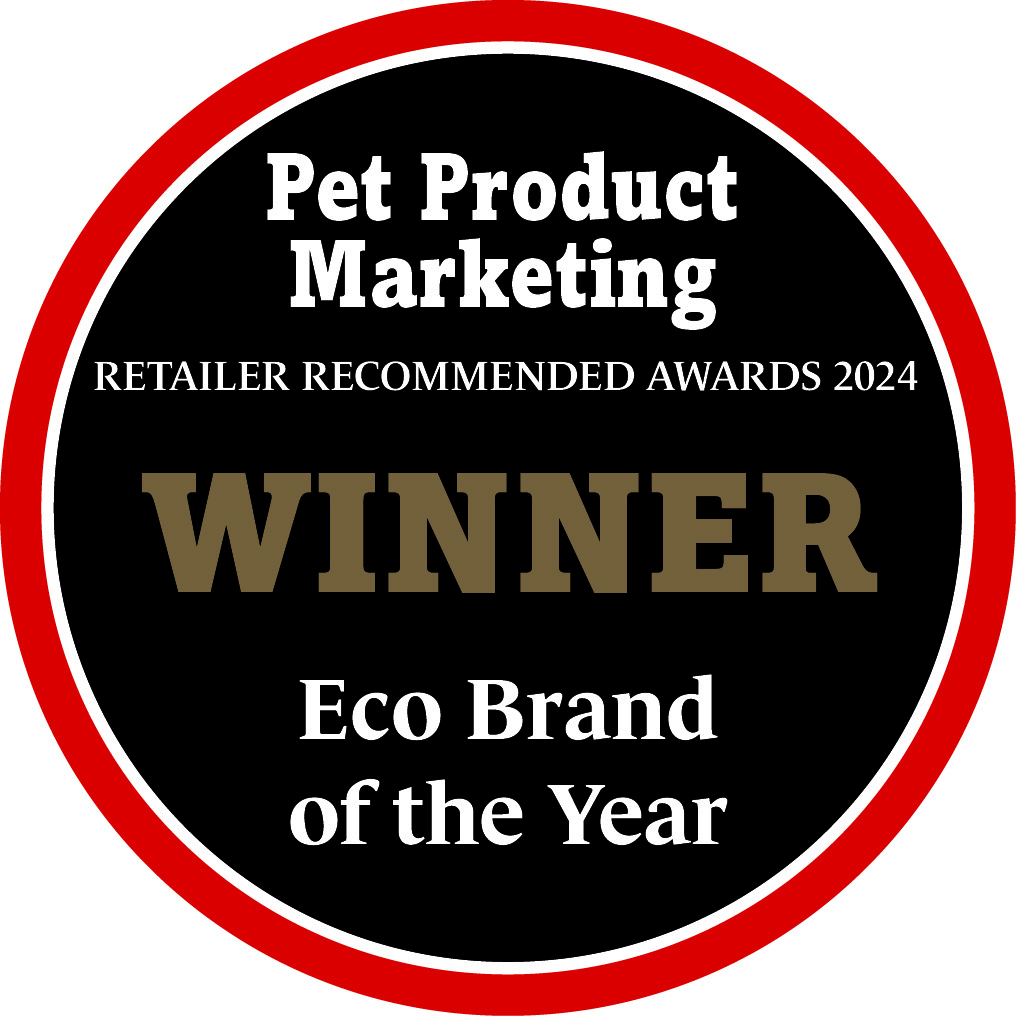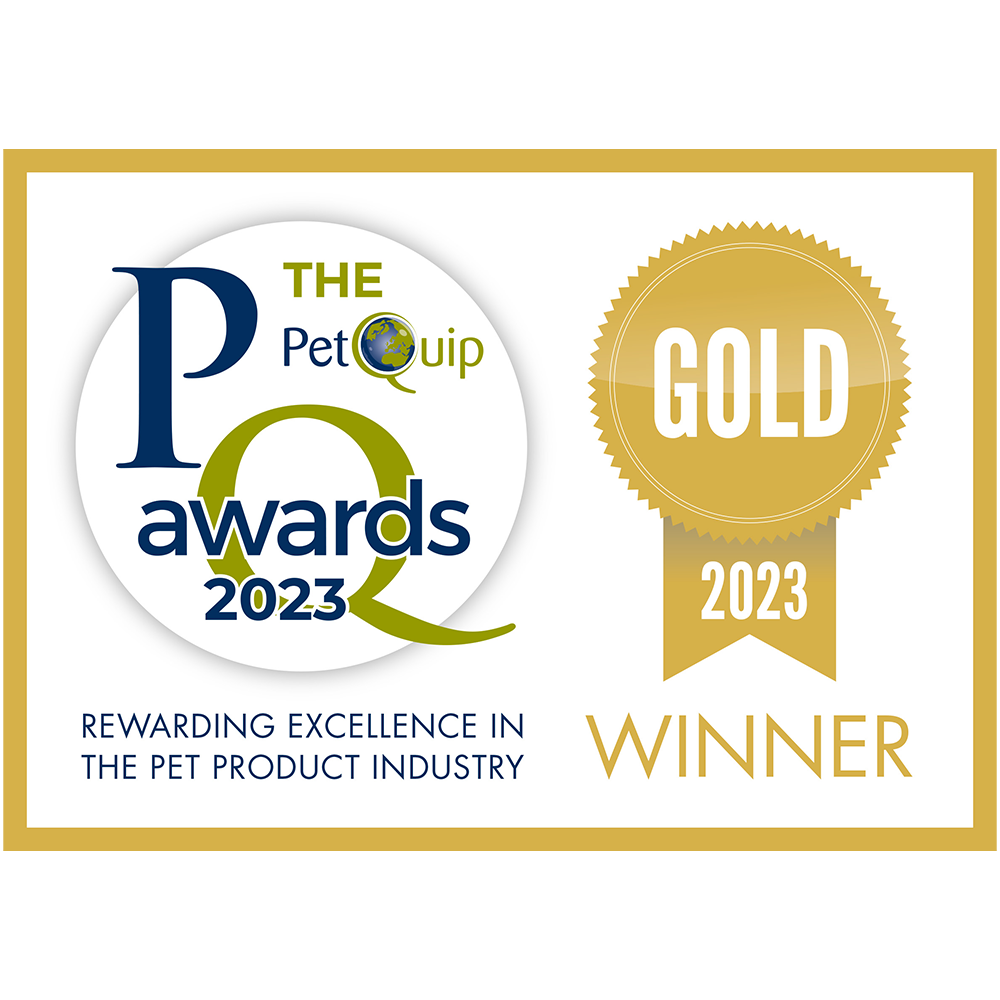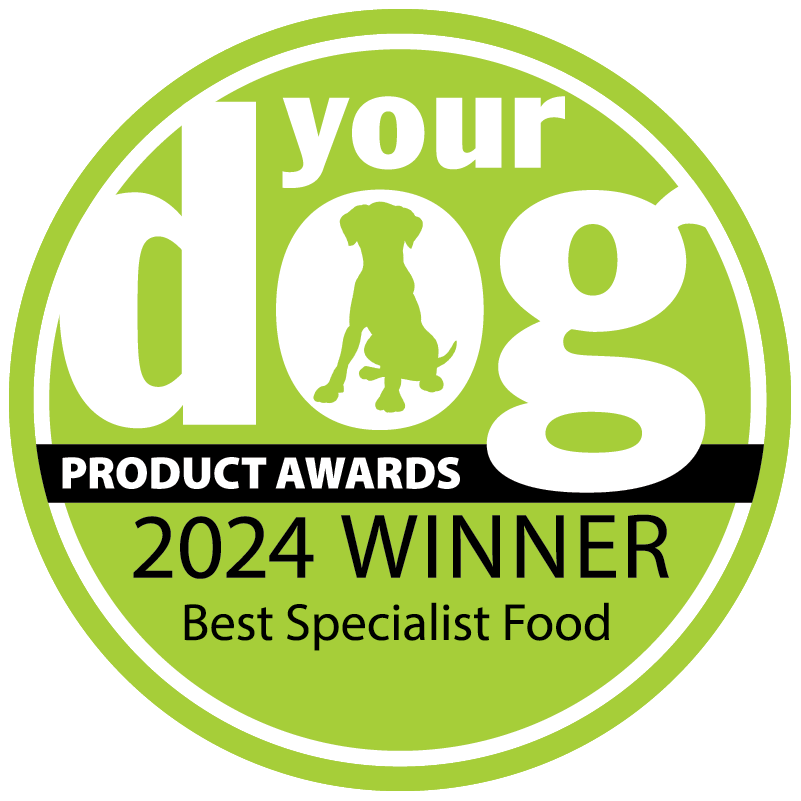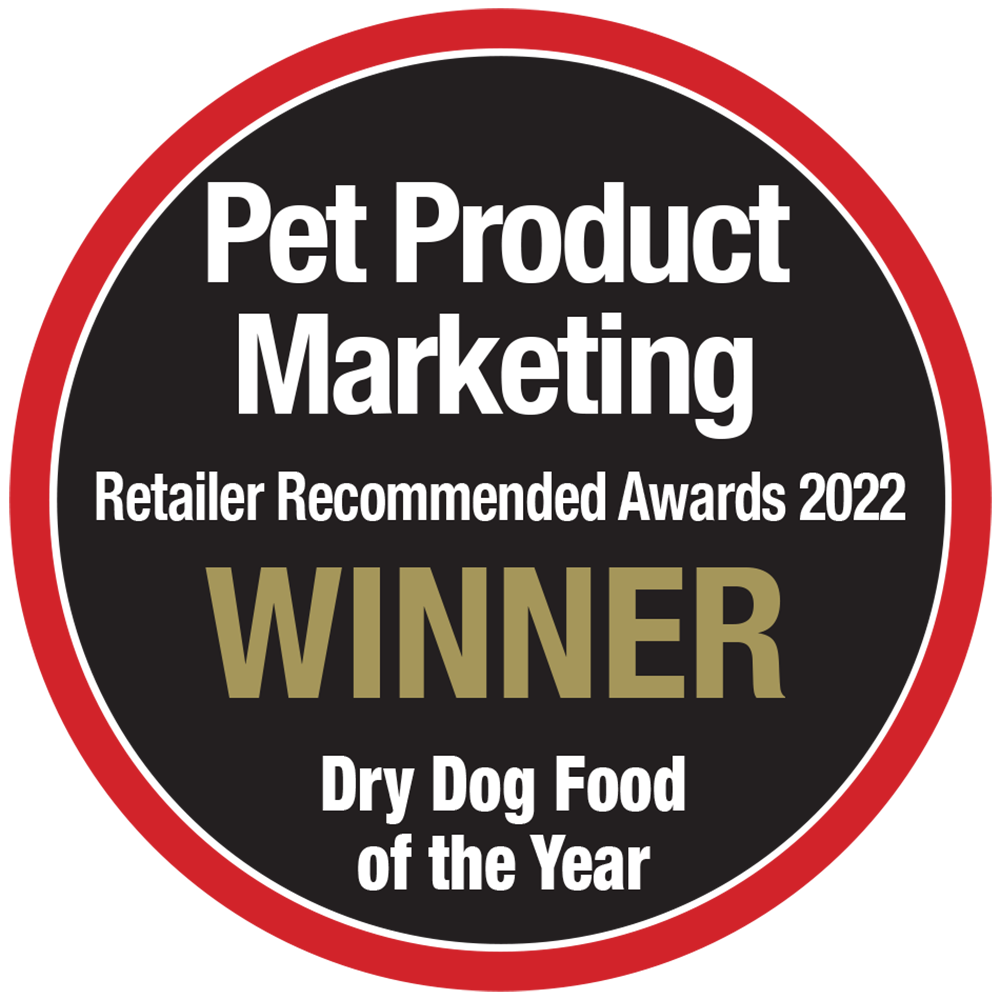
We’re always being asked about additives in pet food, so we thought it was high time we wrote a blog explaining the different types of preservatives used in pet food, and what to watch out for.
Why we use natural preservatives:
At Burns, we pride ourselves on producing food that is as close to homecooking as possible. So naturally (excuse the pun!) we have chosen to use Vitamin E and Rosemary extract to preserve our food. Not only are these natural ingredients but the added health benefits to these natural preservatives can only add to the quality of our diets.
In fact, in 1997 we became the first UK pet food company to produce chemical-free pet food using Vitamin E, and set the industry standard for others to follow.
Why do pet food companies add preservatives?
Preservatives are essential for dry food to retain freshness and nutritional value. If pet food manufacturers didn’t use preservatives, the fat in the food would oxidise and basically go rancid. Moist food is different. Moist food doesn’t need a preservative because sealing the can or the pouch stops air getting in. As a bag of dry food remains open, air can find its way in and react with the contents.
Are all pet food preservatives all bad?
Preservatives are necessary to use in the production of dry pet food as explained earlier but not all preservatives are bad. It is worth checking your pet food to note what preservatives are used. Some chemical preservatives have been linked to cancer and other detrimental health issues.
What’s the difference?
The good: Natural preservatives
There are several natural preservatives used within the pet food industry. Natural preservatives like the following have the added benefit of being antioxidants:
We’re pleased to label our food as ‘natural’, and that includes the preservatives we use. These are Vitamin E (a tocopherol) and Rosemary extract – we’ve been using them since 1997.
The bad: Chemical preservatives
Manufacturers use chemical preservatives instead of natural preservatives as they are cheaper. There’s a large list of chemical preservatives out there, not all of which are obvious to spot straight away. Here are some of the more common ones you might find in an ingredients list (and not just in dog food!). The FDA (Food and Drug Association) in America considers a small consumption of artificial preservatives as safe – but when your pet has them in every meal, every day, that’s a cause for concern and we suggest avoiding them!







